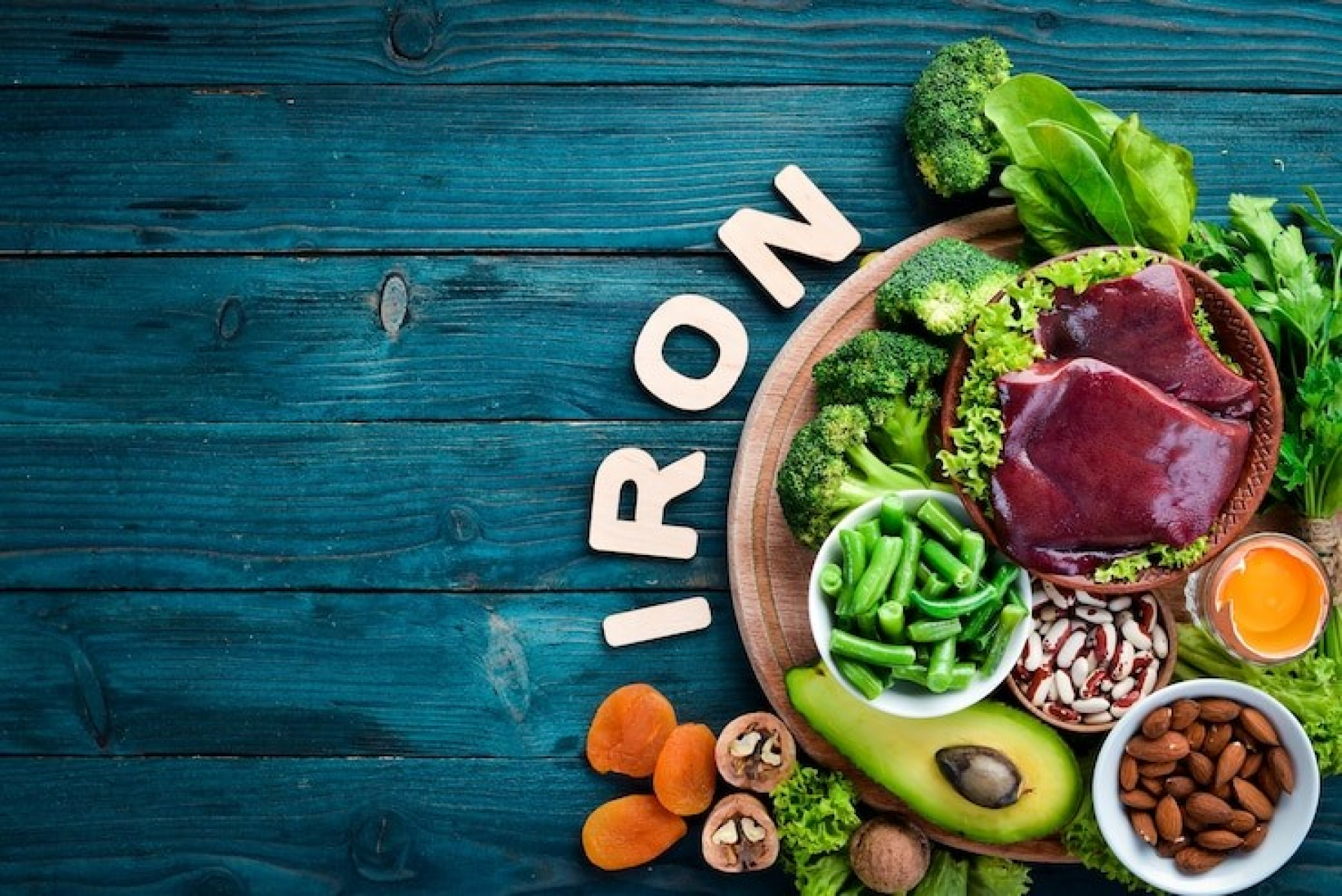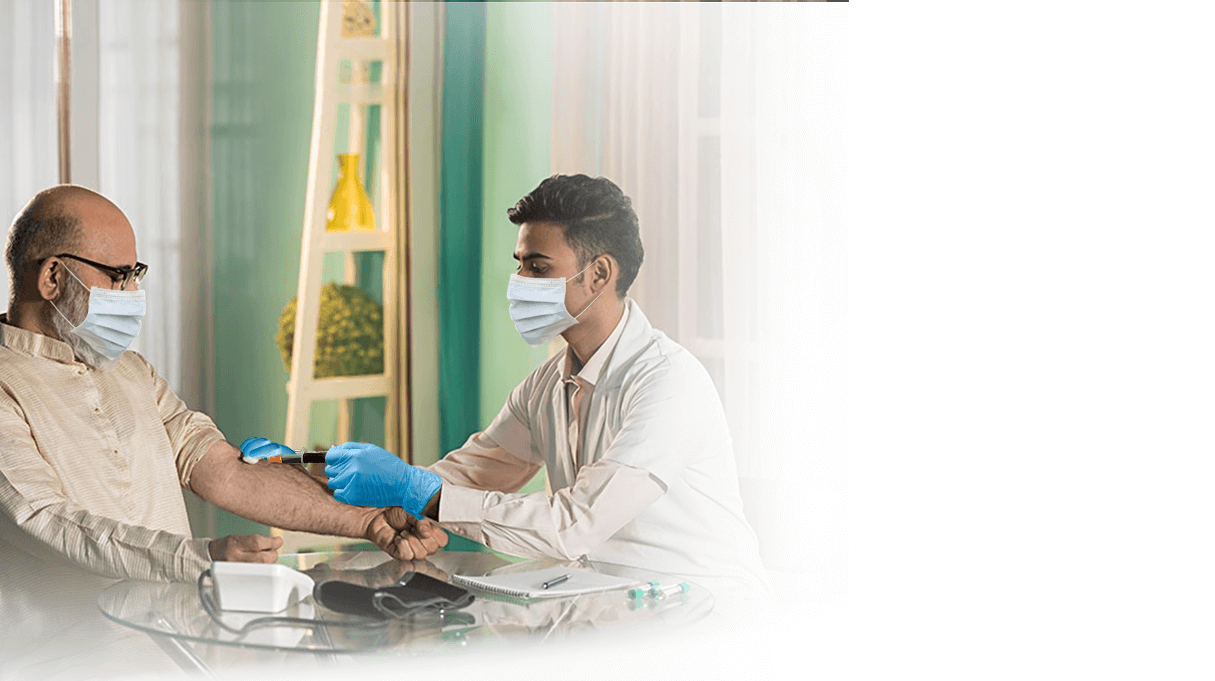If you often feel tired, dizzy, or short of breath, anemia might be to blame. According to the Mayo Clinic (2023), anemia is a condition where your body doesn’t produce enough healthy red blood cells to carry oxygen efficiently. One of the most common forms is iron-deficiency anemia, and your diet plays a critical role in managing and reversing it.c
Why Is Iron Important for Managing Anemia?
Iron is a vital mineral required to produce hemoglobin, the protein in red blood cells that transports oxygen throughout your body. Without enough iron, your body cannot make adequate hemoglobin, which leads to symptoms like fatigue, weakness, and pale skin. As emphasized by the Harvard T.H. Chan School of Public Health (2023), iron deficiency is the leading nutritional disorder worldwide.
Common Symptoms of Iron-Deficiency Anemia
- Persistent fatigue and sluggishness
- Shortness of breath with mild exertion
- Rapid heartbeat or palpitations
- Pale or yellowish complexion
- Cold hands and feet
- Dizziness or headaches
- Brittle nails or hair loss
These symptoms are often subtle or mistaken for lifestyle-related tiredness. That is why a proper diagnosis is crucial.
Should You Get Tested Before Changing Your Diet?
Yes, diagnostic testing helps identify the specific cause of your anemia. The CDC (2023) recommends iron and vitamin deficiency testing before starting supplements or major dietary changes.
Tests usually include:
- Complete Blood Count (CBC): Measures hemoglobin, hematocrit, and red blood cells.
- Serum Iron and Ferritin: Indicates circulating and stored iron levels.
- Transferrin Saturation: Measures how well iron is being transported in the body.
- Vitamin B12 and Folate Tests: These rule out other common nutritional anemias.
What Are the Best Iron-Rich Foods for Anemia Relief?
Iron in food is found in two forms:
- Heme iron: Found in animal products, more bioavailable.
- Non-heme iron: Found in plants, less easily absorbed but still essential.
Top Heme Iron Sources (Animal-Based)
- Lean beef, lamb, and liver
- Chicken and turkey (especially dark meat)
- Eggs
- Shellfish like oysters, mussels, and clams
Top Non-Heme Iron Sources (Plant-Based)
- Lentils, black beans, chickpeas
- Tofu, tempeh, and soybeans
- Pumpkin, sesame, and sunflower seeds
- Dark leafy greens (spinach, kale, collard greens)
- Quinoa, fortified cereals, and oatmeal
Combine heme and non-heme iron sources in one meal to maximize total iron absorption.
How Can You Improve Iron Absorption from Foods?
Getting iron into your diet is just the first step, helping your body absorb it is equally important.
1. Pair Iron-Rich Foods with Vitamin C
Vitamin C enhances the absorption of non-heme iron. Combine iron-rich foods with:
- Citrus fruits or juices
- Bell peppers and tomatoes
- Broccoli and strawberries
2. Avoid Calcium-Rich Foods Around Iron Meals
Dairy products and calcium supplements can inhibit iron absorption. Separate your iron-rich meals from calcium-rich ones by 1–2 hours.
3. Cut Back on Coffee and Tea During Meals
Polyphenols and tannins in these beverages can reduce iron absorption by up to 60%. Enjoy them between meals instead.
4. Cook Using Cast-Iron Cookware
Believe it or not, acidic foods like tomatoes cooked in a cast-iron skillet can absorb iron from the pan, boosting your intake.
5. Add Fermented Foods for Gut Health
Foods like kimchi, miso, sauerkraut, and yogurt may enhance nutrient absorption by supporting healthy gut flora.
Why You Shouldn’t Ignore B12 and Folate in Anemia
While iron is essential, vitamin B12 and folate deficiencies can also lead to anemia, specifically, megaloblastic anemia. According to the NIH (2024), these nutrients are critical for red blood cell production.
Best Food Sources:
- Vitamin B12: Eggs, dairy, fish, and fortified cereals
- Folate: Leafy greens, legumes, citrus fruits, and fortified grains
If you are vegetarian, pregnant, or over 50, you are at higher risk for these deficiencies. Testing can help guide personalized nutrition strategies.
Sample One-Day Iron-Rich Diet Plan for Anemia
Breakfast:
- Iron-fortified oatmeal topped with strawberries and chia seeds
- Orange juice (vitamin C)
Lunch:
- Lentil salad with spinach, bell peppers, tomatoes, and lemon dressing
- Whole grain bread
Snack:
- A handful of roasted pumpkin seeds and dried apricots
- Green smoothie with kale, banana, and fortified almond milk
Dinner:
- Grilled chicken with steamed broccoli and quinoa
- Sautéed kale with garlic and lemon juice
Evening Tip:
- If you take an iron supplement, pair it with vitamin C-rich juice, but avoid taking it with milk or calcium tablets.
When Should You See a Doctor for Anemia?
If you are eating well but still feel exhausted, it is time to consult a healthcare provider. Persistent symptoms despite diet changes may signal issues with iron absorption, chronic blood loss, or an underlying condition like hypothyroidism.
Testing via a CBC test, iron, and vitamin deficiency test, or B12 and folate panel offers clarity and can prevent complications like heart problems or developmental delays.


